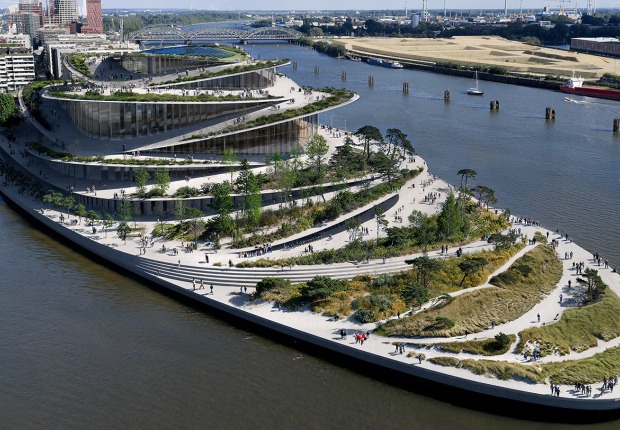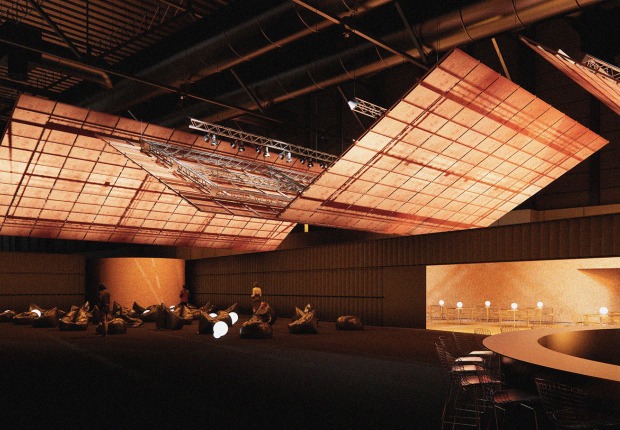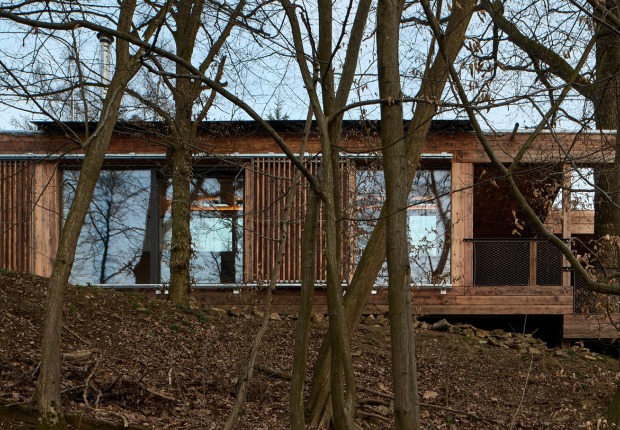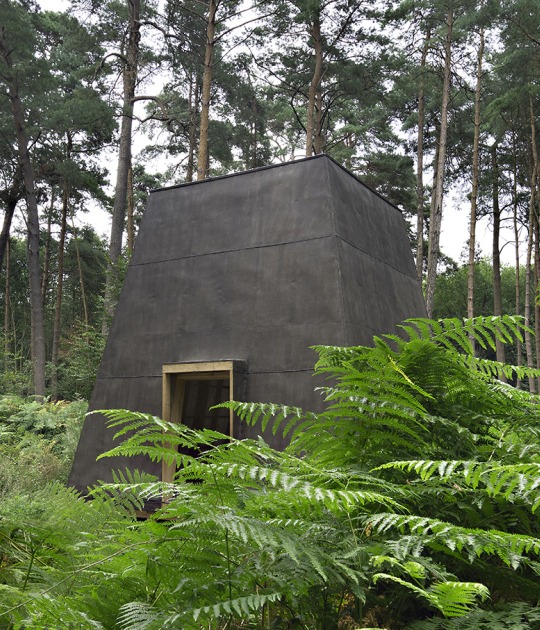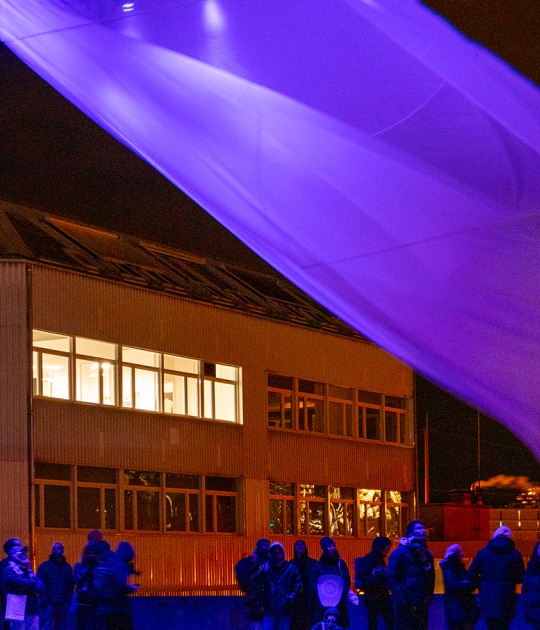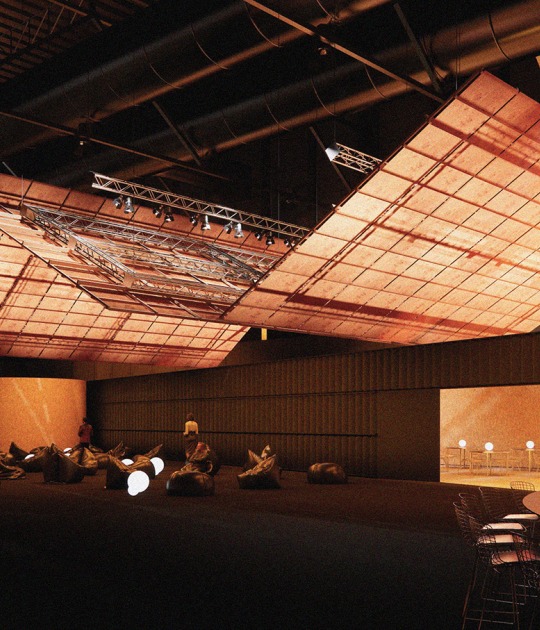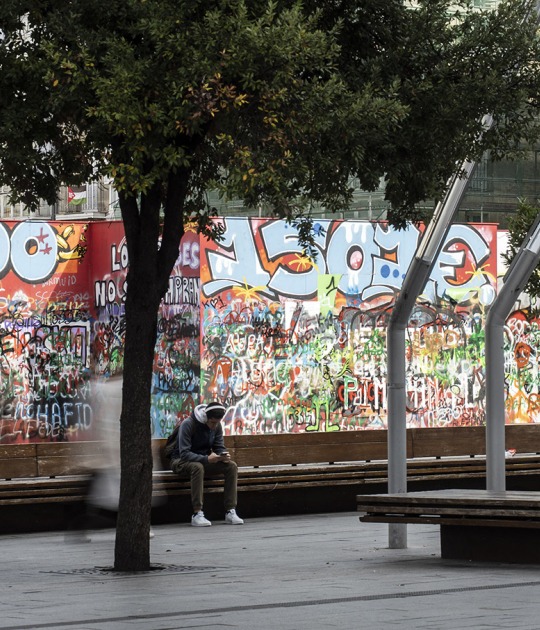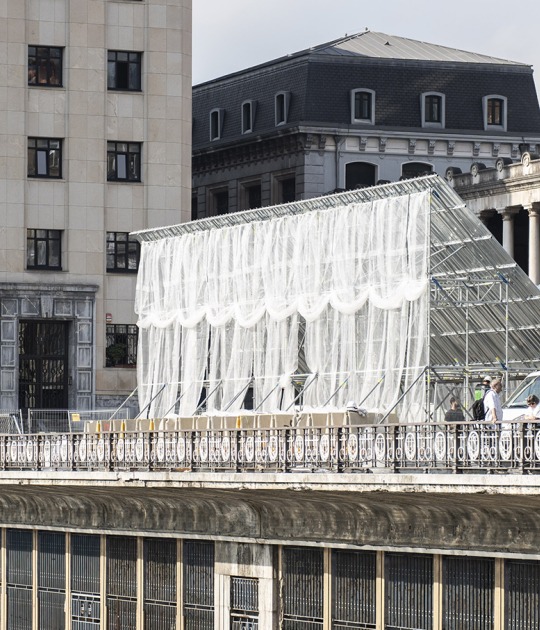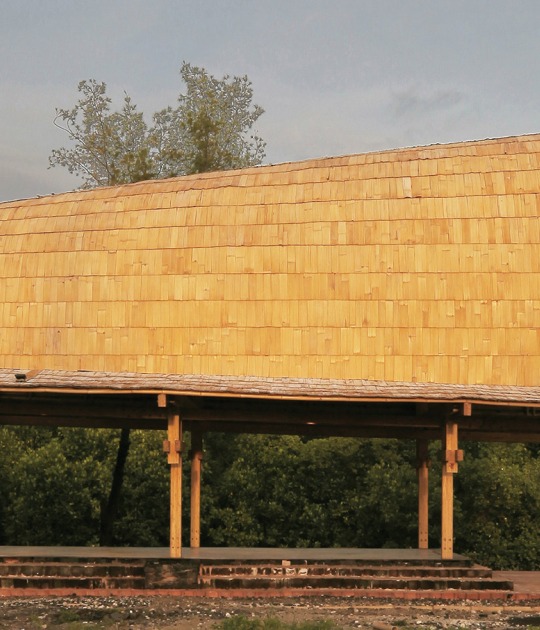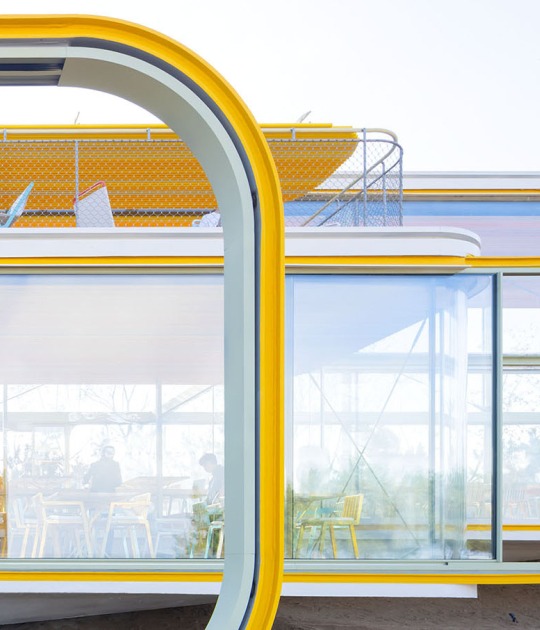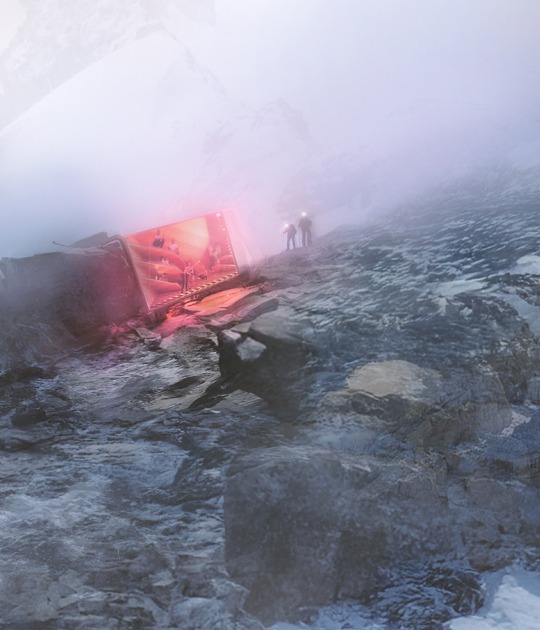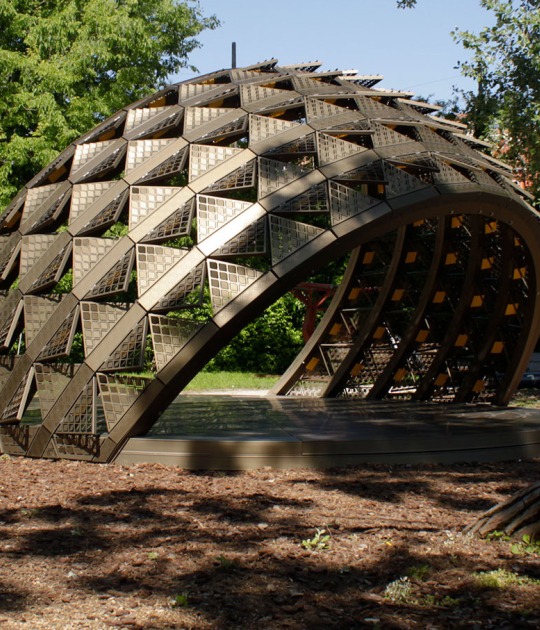
The exhibition, curated by Azza Aboualam, showcases work developed using a triple methodology that combines archival research, fieldwork, and design and construction experimentation. Pressure Cooker presents a modular kit of parts for assembling greenhouses, specifically designed for hot and arid climates.
The kit breaks down the architectural vocabulary of the greenhouse into its basic components: roof, wall, floor, tools, and materials. These elements offer various configuration possibilities that allow adaptation to specific climatic conditions and crop needs. This approach brings us closer to a future where food production and architecture are intertwined and integrated into our built and inhabited environments.
"As the world undergoes an ongoing agrarian transition and faces the growing threats of climate change, the challenges to food and water security are becoming increasingly urgent, particularly in the Gulf region.
While prevailing global perspectives on food security often emphasize centralized technological innovation, Pressure Cooker proposes an alternative: creating a shared responsibility for local communities. It looks into local design solutions that remain unexplored and were conceived under conditions of food scarcity over the years, ranging from the vernacular to the technologically sophisticated.
The exhibition examines how architecture can help identify and address challenges in food production, bringing the UAE closer to its food security goals. With its multipronged research approach, Pressure Cooker aims to contribute to the national development of ensuring sustainable food production and strengthening local agriculture, all the while aiming to create an open source of knowledge for arid environments and the world at large".
Azza Aboualam, curator and co-founder of Holesum Studio.

Pressure Cooker por Azza Aboualam. Photograph by Ismail Noor.
In the exhibition, visitors will find a series of experimental greenhouses built with different combinations of the kit components. Each set represents a distinct combinatorial scenario, exploring how each possibility offers the most appropriate solution for the type of crop it hosts. The exhibit includes crops of regional and historical significance, such as cucumbers, while other sets demonstrate the potential for growing species rarely associated with desert climates, such as blueberries.
While based on studies responding to the environmental challenges of the United Arab Emirates, the installation in Venice proposes a new field of study that will investigate the adaptation of greenhouses to contexts outside the Emirati deserts. As part of this living experiment, Pressure Cooker collects, analyzes, and shares data, providing insights into the environmental performance of each complex. The project combines Venetian-specific cultivation with research rooted in the UAE, reaffirming the role of architecture in creating dynamic and adaptable food infrastructures in diverse climates.

Pressure Cooker por Azza Aboualam. Photograph by Ismail Noor.
Project description by Azza Aboualam
The National Pavilion UAE at the 19th International Architecture Exhibition at La Biennale di Venezia opens with Pressure Cooker, curated by Azza Aboualam, Emirati architect and Assistant Professor at Zayed University and Co-founder of Holesum Studio. The exhibition poses a central research question: Using the UAE as a case study, how can architecture contribute to greater food security?
As climate change disrupts agricultural systems, traditional farming methods face mounting threats, from soil degradation to temperature extremes. Drawing on archival and contemporary research in the UAE, the exhibition examines how architecture can respond to these challenges by proposing a series of experimental adaptive greenhouse assemblies for arid landscapes. It situates the UAE’s agricultural landscape within a broader global context, exploring how architectural thinking can support versatile and resilient food production practices at both individual and community scales.

Developed through a threefold research methodology combining archival research, fieldwork, and design-build experimentation, Pressure Cooker introduces a modular kit-of-parts for greenhouse assemblies, specifically catering to hot, arid climates. The kit breaks down the architectural vocabulary of the greenhouse into its basic components: roof, wall, floor, tools, and materials. These can be reconfigured in multiple ways, allowing for different combinations that respond to specific climatic conditions and crop requirements. The approach proposes a future in which food production and architectural form are intertwined and can be integrated throughout our built and lived environments.
In the exhibition, visitors encounter a series of experimental greenhouse assemblies constructed using different combinations of the kit’s components. Each assembly represents a distinct combinatory scenario, exploring how inputs, such as sunlight, shading, external temperature, irrigation, ventilation, and thermal mass—and outputs such as interior temperature, light levels, humidity and energy use—can be negotiated through architectural form. These inputs and outputs also influence crop yield and inform the most effective ways to design and configure each greenhouse assembly. In response to the type of assembly and its intended food growing category, the exhibition includes crops with regional and historical significance—such as cucumbers—while other assemblies demonstrate the ability to grow species rarely associated with desert climates, such as blueberries.

The greenhouse assemblies presented in the exhibition respond to environmental challenges specific to the UAE, while also serving as a testing ground for how such structures might adapt to different contexts—such as Venice. Led by Aboualam, and developed in collaboration with Holesum Studio and a local team based in the UAE, the installation’s research and design explores the adaptation of greenhouses for arid environments when situated in an alternative, temperate climate. As part of this living experiment, Pressure Cooker collects, analyzes, and shares data, offering insights into each assembly’s environmental performance. The project brings together site-specific cultivation in Venice with research rooted in the UAE—affirming architecture’s role in shaping dynamic, adaptable food infrastructures across diverse climates.
By breaking down and recombining the architectural vocabulary of the greenhouse, Pressure Cooker invites visitors to reconsider how food, architecture, and new conceptions of space can intersect. The installation is accompanied by multimedia and audio material that traces the exhibition’s research phases, inviting visitors to join the research team on the journey, all the while offering insight into the project’s methodology and vision.




















